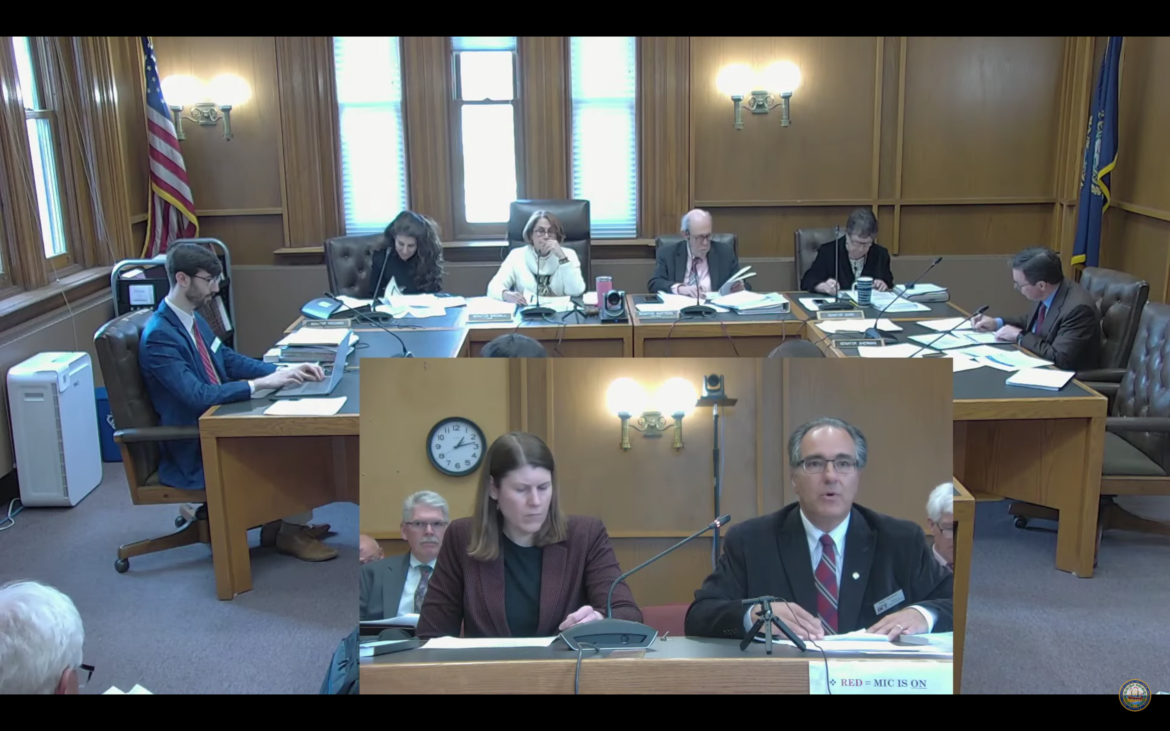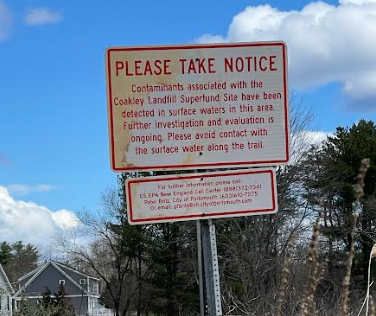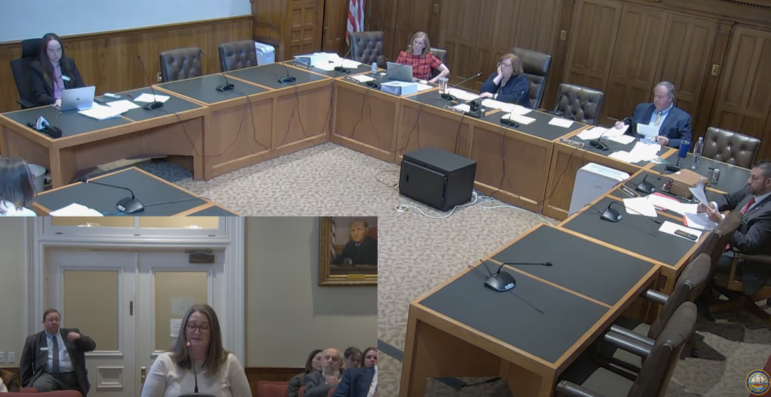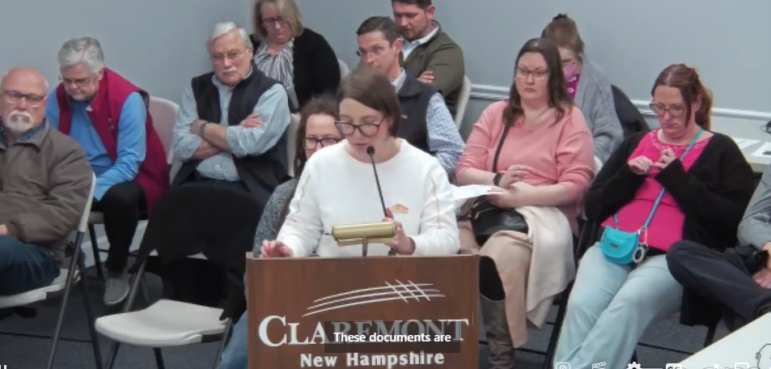Power point presentation: https://www.nh.gov/dot/org/projectdevelopment/planning/typ/documents/senate-transportation-typ-summary-3-31-2022-final.pdf
By GARRY RAYNO, InDepthNH.org
CONCORD — The Senate Transportation Committee will have its opportunity to act on a “fiscally restrained” $4.6 billion highway improvement plan after hearing from state transportation officials Tuesday.
The officials believe the boost in federal funding from the federal infrastructure bill passed last year will help the department increase paving and bridge rehabilitation projects around the state.
New Hampshire is projected to receive $545 million in new federal funds from the federal bill for highway and bridge work and other transportation infrastructure like airports and bus service.
A significant amount of the federal money is for bridge construction and rehabilitation work, which agency director of project development Peter Stamnas told the committee will significantly reduce the number of red listed bridges on state highways.
Some of the bridge money will go to help municipalities with bridge projects allowing the acceleration of work, Commissioner Victoria Sheehan said. Bridges eligible for federal funding, will not require the usual local match, she said.
Sheehan said the state money that would have flowed to those projects, will be used for other bridge work not eligible for federal funding, although the usual 20 percent local match will apply.
The bridge projects will receive $169 million over the next five years with $122 million dedicated to red-list bridges.
The state will use $168 million of the federal money to increase paving throughout the state.
And more of the federal money will allow the state to catch up on some major construction projects that have fallen behind schedule due to the constrained revenue stream for transportation due to the pandemic and the shift to alternative fuel vehicles reducing gas tax revenue.
The agency also plans to use the federal money to replace projects funded with GARVEE (Grant Anticipation Revenue Vehicles) bonds, saving about $58 million.
Shaheen said her department developed a plan that focused on its core mission, while some of the one-time federal money for specific projects under the legislation is not expected to continue in the future.
Sheehan said the department was ready when the federal legislation was finalized and did not have to scramble, just wait for specific guidance.
“Timing couldn’t have been better for the passage of the bill,” she said, noting it provides a 24 percent increase to the agency’s core programs.
But she noted the agency believes a slowdown in state revenues will mean a constrained program after the federal money is gone due to greater fuel efficiency, electric vehicles, and still reduced traffic numbers during the week.
The state will also have to begin paying the principal for the $200 million TIFIA (Transportation Infrastructure Finance and Innovation Act) bonds used to complete the Manchester to Salem I-93 expansion beginning in 2025, which will be $24.3 million annually that was used for work on rural roads and bridges.
Stamnas told the committee 83 percent of the new 10-year plan is for highways and bridges and 17 percent for other modes of transportation like airports, buses and rail.
He said federal funds account for 83 percent of the highway and bridge money.
The 10-year plan includes $382 million for airports, or about $38 million a year, primarily from Federal Aviation
Administration funding, and there is some money available in the infrastructure bill a well.
Sheehan said most of the airport money goes to the three commercial airports: Manchester-Boston Regional Airport, Pease and Lebanon.
Transit projects receive $378 million under the new 10-year plan, including some money for the NH Capitol Corridor train project for the developmental stage.
The plan also sets aside $17 million for electric vehicle charging stations, and $17 million for such things as bike lanes and sidewalks.
Due to the pandemic, the turnpike portion of the new plan is constrained with a decrease in toll revenues.
Sheehan said while the number of vehicles passing through the tolls on weekends has returned to prior levels, weekday traffic has not as many people continue to work remotely.
She said the agency commissioned a study to project what revenues may be in the future.
Less toll revenue has delayed completing a number of major projects such as the General Sullivan Bridge Rehabilitation, work on several exits on I-293 through Manchester, and the turnpike expansions from Bedford to Nashua and from Bow through Concord.
Department officials also provided a list of potential projects to be added to the new improvement plan, some included in the draft and some not.
Included in the draft are Calef Hill Road in Tilton, Port Authority work, sound walls along I-95 in Portsmouth, and a study for an exit 10 on the Spaulding Turnpike.
Not included are Golf Links Road in Dixville Notch and the long-discussed Circumferential Highway in Hudson.
Stamnas warned the committee they would probably hear discussion of these items when they hold the public hearing on the improvement plan bill.
The department did a survey and took testimony at 23 public hearings held around the state in developing the proposed 10-Year-Highway Improvement plan which indicated strong support for increased travel options, improved safety, maintenance of the system, reducing congestion, and specific projects.
Senators are the last group to decide how best to spend state and federal highway funds on the state’s transportation infrastructure as the Executive Council, Governor and House have already made their recommendations.
The House added a study of the circumferential highway to the plan as well as transferring the state-owned section of Continental Boulevard to the town of Merrimack, and specific bridges to benefit from the additional federal money.
A public hearing on House Bill 2022 has yet to be scheduled before the Senate Transportation Committee.
Garry Rayno may be reached at garry.rayno@yahoo.com.





